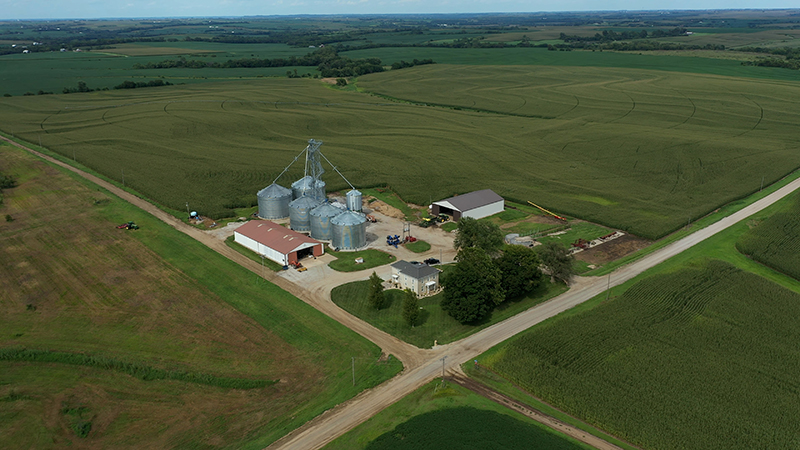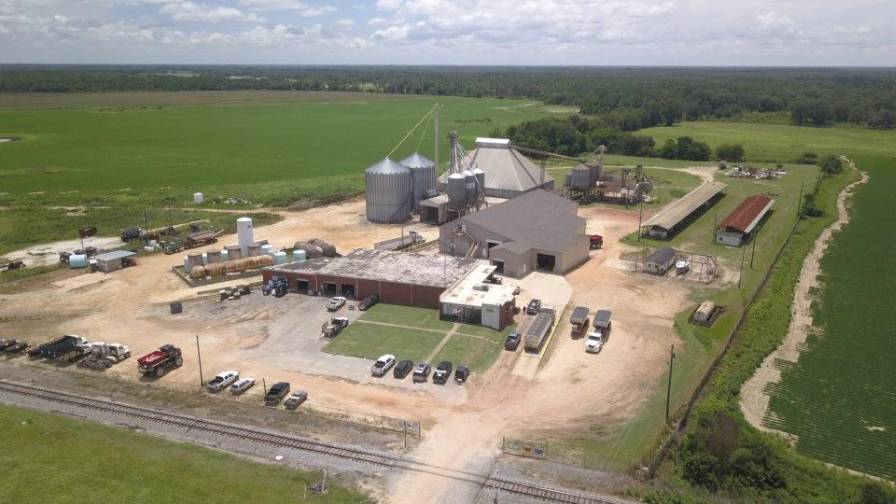Regional Listening Sessions Give Farmers A Voice In The Battle Against Herbicide Resistance
Both scientists and regulators have had a lot to say about the growing problem of herbicide resistance and how weed management techniques need to change in response. However, there have been few organized opportunities for farmers to make their voices heard and to share their experiences in managing herbicide-resistant weeds.
All that is changing with a series of seven regional listening sessions sponsored by the Weed Science Society of America (WSSA), the United Soybean Board and the USDA Animal and Plant Health Inspection Service. Farmers across the nation are being invited to share their challenges, successes and opinions.
Several sessions have been held to date. The themes that have emerged from the participants reflect the complexity of herbicide resistance management and the breadth of viewpoints about what needs to be done. Examples are illustrated below:
- There remains an economic tradeoff between the decreased crop yields and increased long-term costs from resistant weeds versus the increased short-term costs of adopting resistance prevention practices. As a result, it is hard for growers to commit to resistance management early, before they have the problem. This is particularly true with low commodity crop prices.
- More research and education are still needed to help growers better manage their farms and the weed seed bank year round.
- There is an understanding that individuals cannot solve the problem themselves, but there is not a clear idea on how to work together.
- Participants are wary of regulation to deal with resistance, but there is some acceptance that some regulations may be needed to get everyone playing by the same rules.
- A greater emphasis is needed on nonchemical weed control tactics, including cultivation, weed seed management and use of cover crops.
- Zero tolerance policies for problematic, herbicide-resistant weeds should apply to everyone, including landowners, native seed producers and departments of transportation responsible for highway medians and rights of way.
- There is a scarcity of herbicides available to help growers of vegetable and specialty crops diversify weed control and battle herbicide resistance. Many hope researchers will develop new weed control chemistries with different mechanisms of action.
The idea for the listening sessions came about as a WSSA committee discussed plans for a third national summit on herbicide resistance. “We decided it was time to focus on the needs and concerns of those making or influencing weed management decisions, rather than rehearing what weed scientists think,” says Michael Barrett, Ph.D., WSSA EPA liaison and academic subject matter expert. “The sessions are giving us a chance to hear the perspectives of those farming in a wide range of landscapes using a wide variety of cropping systems. The information will help us better tailor future initiatives.”
New Materials Available to Support Resistance Management
Concurrent with the listening sessions on herbicide resistance, new materials have been introduced to help farmers make smart decisions in the battle against herbicide-resistant weeds.
A newly updated herbicide classification chart provides growers with a ready point of reference on various families of chemicals, active ingredients, product trade names and sites of action. The chart is published by the Take Action Program, a farmer-focused education platform funded by the soybean checkoff and collectively endorsed by agricultural chemical companies, land-grant university weed scientists, and soybean, corn, cotton, sorghum and wheat commodity groups.
“Using varying weed control chemistries to target multiple sites of action is important to the prevention and management of herbicide resistance,” says WSSA member Christy Sprague, a professor at Michigan State University who led the update effort. “Previous versions of the chart have been extremely popular among growers, and we hope this updated version will be as well.”
In addition to the site of action chart, www.TakeActionOnWeeds.com offers a wide variety of resources on herbicide resistant weeds and how to best manage them.






